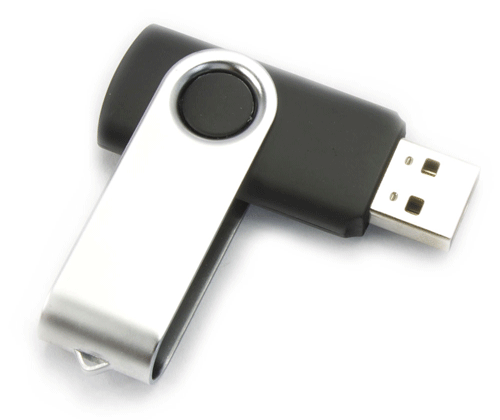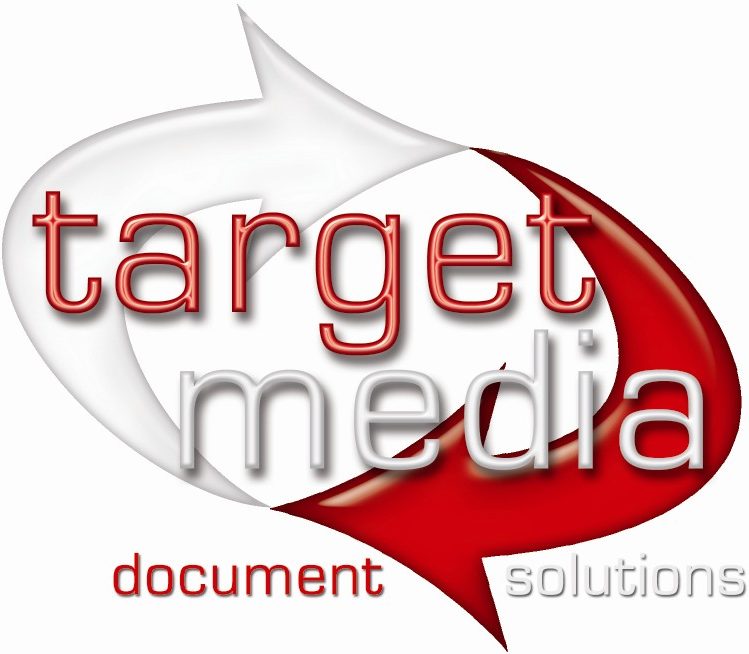Real paper takes up space, and is hard to search and retrieve in large volumes. But the flexibility and portability of paper are valuable qualities. Paper can store images, graphics, photographs, and text of differing fonts and sizes, organized and formatted, all in one place.
Document imaging keeps an exact scan of every original document online in addition to making the information searchable and easily retrieved. That way, when you find the information you need, you can print, fax or email the entire page it came from, exactly the way it was originally intended.
This all adds up to a solution that protects your files and saves you money.
You save for the following reasons:
The biggest direct cost of a filing system is the labor cost for retrieving and replacing files. Using an in-house filing system it takes about 15 minutes for someone to look for, retrieve, deliver, than re-file a document back to where it was stored. All you need to do is multiply your hourly labour costs by 25% and that’s your hard costs for just one file. Don’t forget to include those employee benefits into your labour costs, things like NI, etc. Obviously these costs will be considerably higher if an off-site storage facility is used.
The cost for indexing documents, when they are first put in, is still less than the labour cost for physically filling them into the proper file draws and distributing them.
The biggest cost savings is that anyone in the organization can locate a document without the assistance of any knowledgeable individual. What makes a long-time employee valuable is that he or she knows where everything is. When that person retires or leaves, it may take the company many months or years to train someone where the important files are and how to find them. A document imaging system enables anyone to find a file quickly if it was properly indexed or OCR’d when it was first put into the system.
A document imaging system has much more security access controls for your files than filing cabinets as nobody can access a document unless they have access rights to it.
We used to say that a CD-ROM will hold an average of 12,000 A4 pages (which is slightly more that two four drawer filing cabinets) – and it still does but today you can easily get a USB stick that will hold 1.2 million images! So it’s fair to say that document imaging will also save office space and hence more money.

